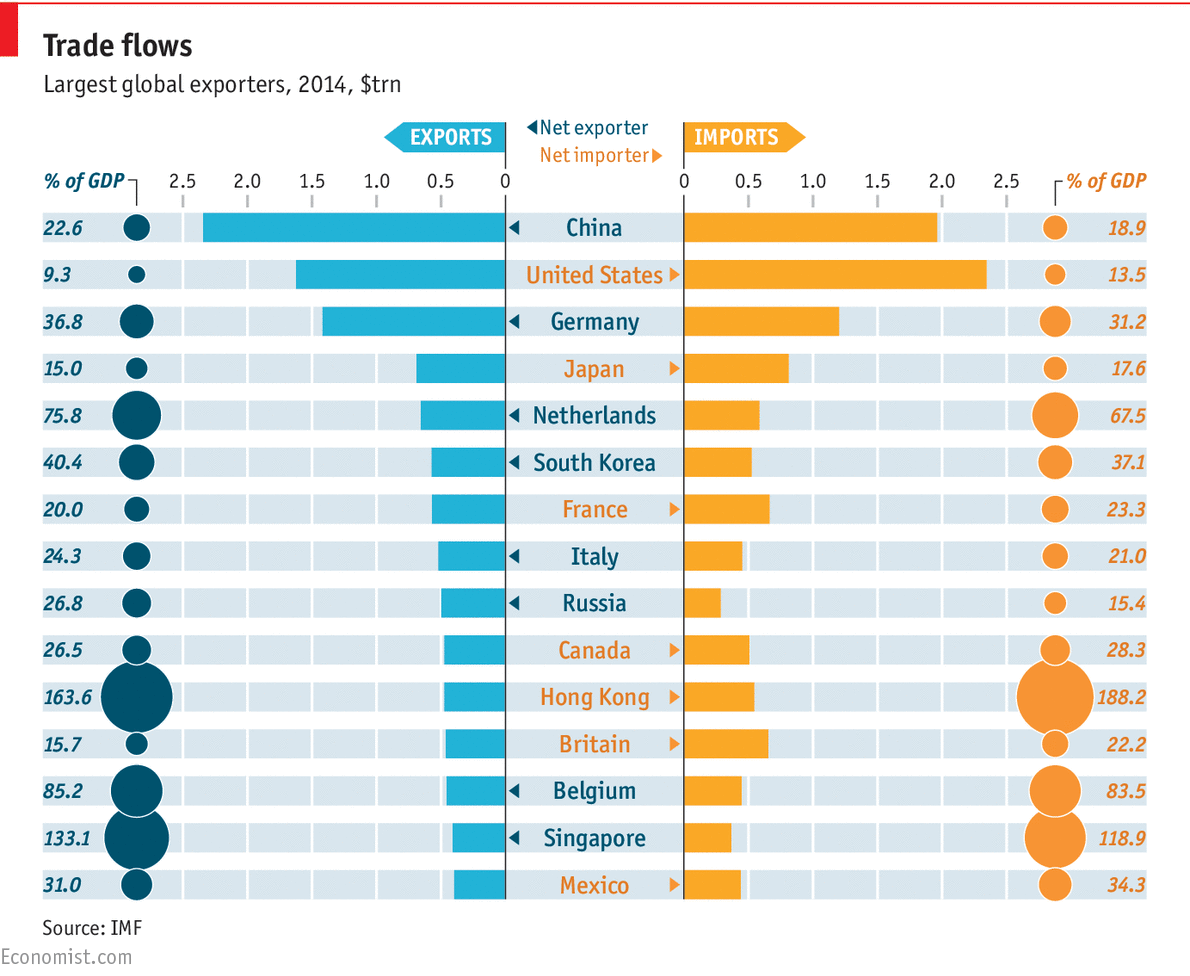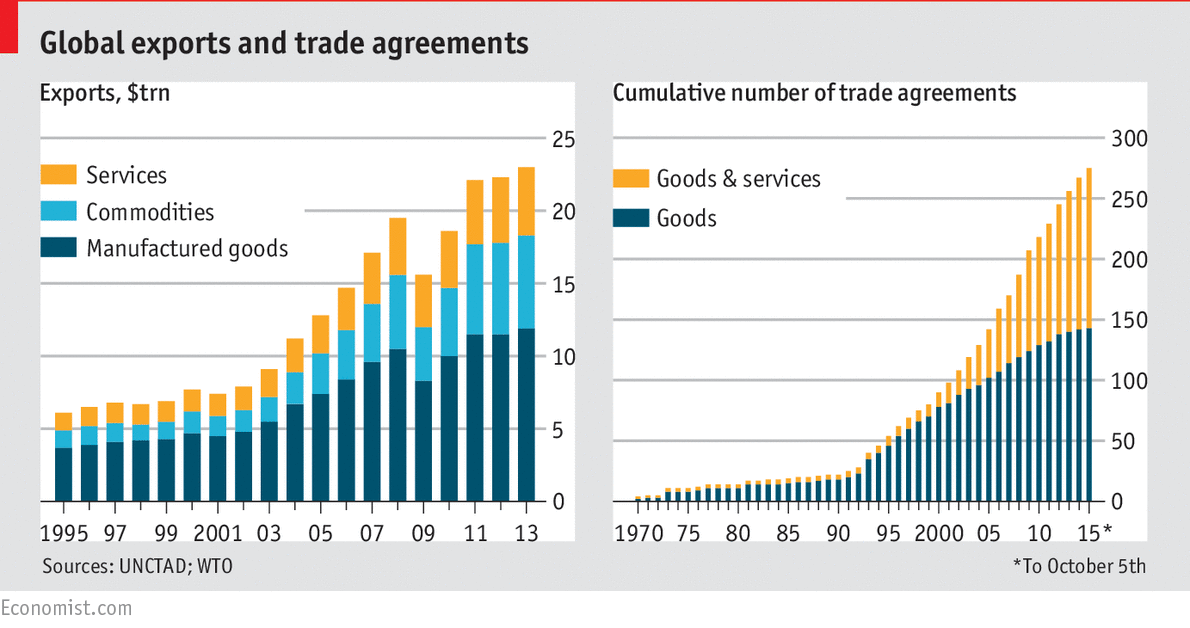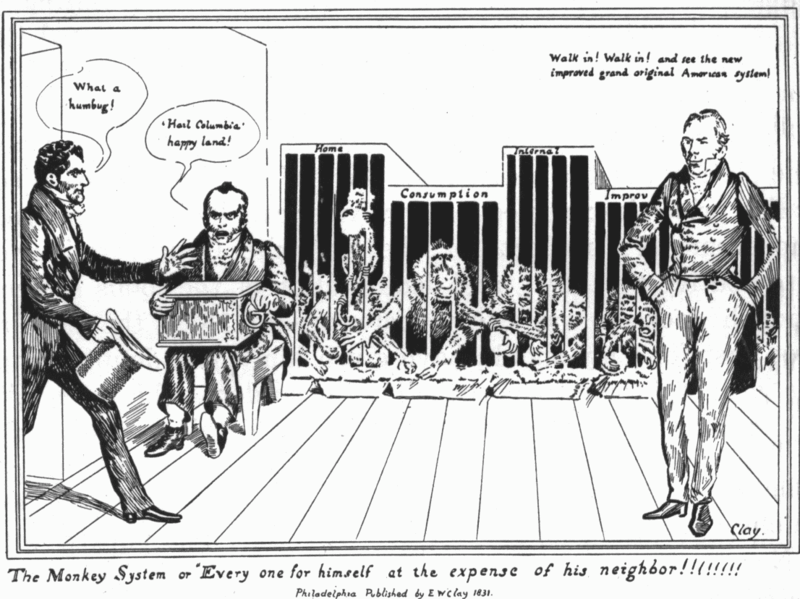Today the Commerce Department launched an antidumping case against Chinese aluminum imports. The reason: Aluminum is [supposed to be] crucial for national security. Well…

The New York Times clarifies: Aluminum production has been declining before Chinese Imports ever started. Why? Because electricity, a key input in the production of aluminium, is cheapest in Iceland. Also, only 10% of US aluminum imports come from China,
(source: US ALUMINUM ASSOCIATION)
Since electricity is expensive in the US, aluminum production plants plants that still operate in the US must be heavily subsidized (such as the NY Massena plant which receives subsidies to the tune of $73 million) or they are located near hydropower (as in Pacific Northwest, which used to supply about 40% of the nations aluminum) . Of note is that at its height, the aluminum industry employed only 1000 workers (to produce 40% of US aluminum!!) in the Pacific Northwest and now that computer server farms compete for hydroelectricity so that Alcoa, the main aluminum supplier is now moving production to Iceland.
How about National Security? The commerce department cites gives as its reason for the antidumping case a “Section 232 Investigation on the Effect of Imports of Aluminum on U.S. National Security.” It turns out that there is only 1 plant in the US producing aluminum for the US military… which produces 5% of US aluminum
Well, producers will be ecstatic, while Forbes Magazine notes that producers can then raise the prices they charge to those American consumers. That being the very damage that such tariffs do to consumer interests. What we end up with is a transfer of money from consumers to domestic producers, exactly the reason why domestic producers so like such tariffs.
Some of this is just straight textbook international trade. The politics are confusing, however, given that Trump proclaimed just a couple of weeks ago that “he does not blame China for the “unfair” trade relationship between the countries, despite long railing against the economic imbalance. He gave China “credit” for working to benefit its citizens by taking advantage of the US.” (BBC)
Finally, in a twist that comes across stranger than fiction, the Commerce Department is “self initiating” the antidumping investigation. Generally US administrations respond to requests by the industry or labor to investigate trade related matters, but every now and then presidents become eager to make their points without a mention that the industry has been injured. This is historic, the last time this happened was under President Bush (Sr) 25 years ago.








![[SUGAR_p1]](http://sg.wsj.net/public/resources/images/P1-AU269A_SUGAR_NS_20100314194814.gif)